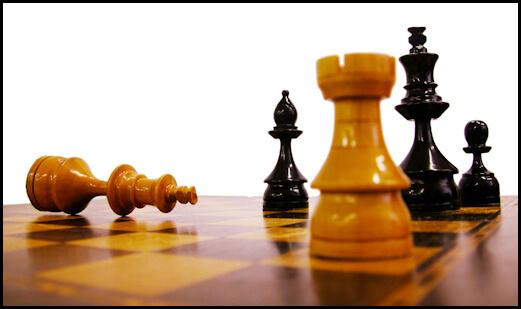Lean Into Challenges

Unlike other recessions, this one, which officially started in February, is unpredictable with more variables at play than just financial concerns.
It’s going to be harder and take longer for the U.S. economy to recover from the coronavirus pandemic than it did from the 2008-2009 Great Recession, most analysts agree.
Unlike other recessions, this one, which officially started in February, is unpredictable with more variables at play than just financial concerns. With high unemployment, American consumers are holding tight to their purse strings in preparation for the worst still to come.

“The ultimate survival strategy right now is to be there and help in whatever way you can,” advocates luxury-branding expert Pam Danziger, president of Unity Marketing. Retail opportunities look bright for brands that lean into the challenges. There are opportunities for marketers to create new expressions of luxury in goods and services, and explore new business models that can turn creativity into profits.
Out of necessity innovation is born, Danziger reminds, citing as an example the fashion retailer Suitsupply, known for personal fittings, who created a plexiglass shell for their customers to step into, with strategically placed openings that allow the tailor to make the necessary adjustments.
“Retailers have an unprecedented opportunity to reevaluate every aspect of their businesses, not just how to reassure staff and customers are safe when they cross the threshold,” Danziger says. “The store’s look, feel, arrangement, traffic flow, merchandising and marketing need to be adjusted for the new post-coronavirus reality. This requires a deep understanding of customers, how they feel, and what they will want and need.”
3Cs of Experiential Retail
Citing Cowen Research, Danziger identifies convenience, curation and culture as the three key ingredients in experiential retail.
Convenience in making the shopping and buying experience easy and quick, and fit to our fast-paced lifestyles, she explains, citing online shopping, home delivery, curbside pickup, by-appointment private shopping experiences, and remote virtual appointments ways retailers can tap into this direction.
Curation, Danziger describes, differentiates a retailer in a crowded marketplace by offering products uniquely tuned to their customers’ value systems. “Curating the retail selection in the post-Covid marketplace will put a rising emphasis on value [maximum value at the best possible price] and values [like sustainability and responsibility] that are most important to the customer.”
Culture, Danziger says, recognizes that consumers don’t necessarily need or want more things, but rather more meaningful experiences. “While they have been forced to defer experiences including travel, dining, theatre and entertainment, consumers will continue to shift spending from things to experiences, once the danger lifts and they feel safe. Retailers still need to focus on experiential retail, which has now expanded further into the home as well.”
Store is Media
Danziger advocates retailers stop viewing their store as a distribution channel and start seeing it as a media channel. Referencing thought leaders like, Doug Stephens, founder of the Retail Prophet consultancy, and author of Reengineering Retail: The Future of Selling in a Post-Digital World, who believes in-store retail metrics that measure sales per square-foot, per sales associate, and the like must stop.
Stephens, as a keynote speaker for The Plumb Club at JCK Las Vegas in 2018, hailed retail on the precipice of an historic reinvention that will leave both digital and physical retail barely recognizable. “Even the centuries-old formula through which retail companies make money, the core economic model, is going to be shape-shifted beyond recognition and with it, the concept of what a store is.”
The economic model for retail must be reimaged, advocating jewelers become experiential merchants in their stores, creative masters of retail stagecraft, and experts at executing consumer experiences. “Don’t build stores, build stories. Think productions, not products. You’re selling experiences that involve your products. The goal of the store will be to create experiences so powerful that they catalyze sales across all available purchase points.”
In a recent Plumb Club podcast, brand experience specialist Pam Levine, president of Levine Luxury Branding, reinforces that experience will be more important than product and price. She encourages retailers to consider their merchandise presentations, window displays and environment as their “space of engagement” to create these experiences. “Think about how you can surprise, delight and stimulate the sense of discovery and desire for mementos.”
“We expect customers to put greater emphasis on values, looking at life, loved ones and relationships differently,” cites Levine. “Connecting is no longer taken for granted. Consumers are eager to reclaim optimism and celebrate life events.”
She reminds that visual merchandising is an essential part of selling and one of the key ways retailers can trigger emotions. “What customers see plays a huge role in how they feel and react. These visual cues lower the barriers and relax the defenses, putting customers at ease, giving them choices and directions to feel free to engage and explore.”












